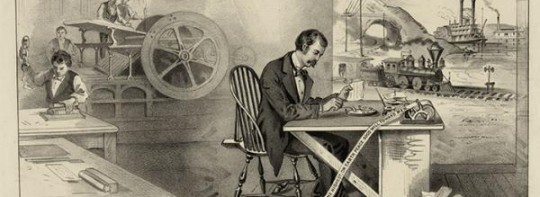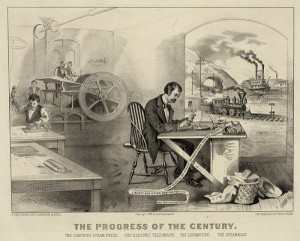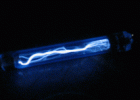US Nonprovisional Patent Application

In the US, there are three types of patents: utility, design and plant patents. The most common is utility patent, which is for useful invention. The requirements for the invention patentability include novelty, non-obviousness and utility of the invention.
Patent is a set of exclusive rights granted by the state to the inventor or patent owner in exchange for a detailed description of the invention. Each patent is granted for a limited period of time, usually about 20 years. Thereafter, the patent belongs to humanity.
A patent gives an exclusive right to exclude other people, or at least try to exclude, from manufacturing for commercial purposes, using, selling, importing or distributing of the patented invention without permission of the author.
The most important part of the invention is patent claims. Your patent may include many claims, each of which defines a specific invention. Claims written in legal language, they define the scope of IP protection of the granted patents. Claims are often written in a hierarchical format. One more major, independent claim provides the most complete protection, and in addition, there are several dependent claims that narrow the scope of protection by identifying more specific features of the invention.
The patent application is done by submitting a written application to the patent office. The application consists of the description, claims, drawings and abstract, along with the official forms and correspondence related to the application.
Description of the invention generally provides an overview of the existing solutions, the preferred embodiments and claims, which defines the scope of protection of intellectual property. It may also include the drawings to help understand the essence of the invention, as well as a sequence of genes and biological samples or computer code according to the subject invention.
See an example of a full US patent application filed by our company Patent Hatchery – US2014-0307074.






